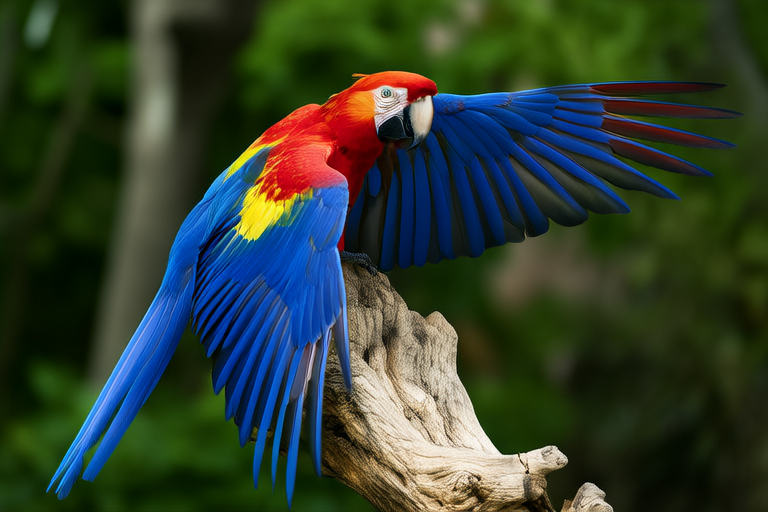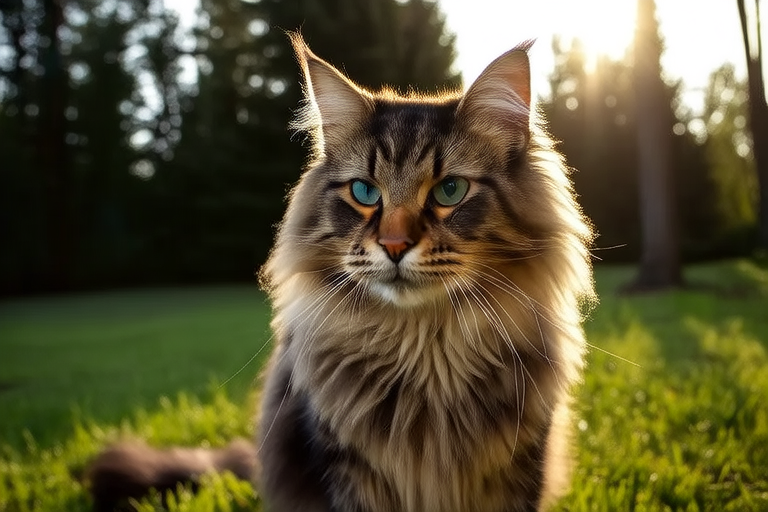
The Enchanting Japalura: A Vibrant Companion
The Japalura, also known as the Chinese Tree Dragon or Japalura Tree Dragon, is a fascinating reptile that has captured the hearts of pet enthusiasts around the world. Known for its vibrant colors and unique features, this lizard is a delightful addition to any home. This article delves into the origins of the Japalura in nature, its behavior, and how it has become an enchanting choice for pet lovers globally. We will explore aspects of its care, diet, and interaction with humans, emphasizing its role in captivating hearts worldwide through its beauty and charm.
Origins in Nature
The Japalura is native to parts of China, Vietnam, and Laos. It thrives in the lush, green environments of these regions, particularly in areas with dense vegetation and plenty of climbing opportunities. These lizards have adapted well to their natural habitats, utilizing their agility and strong claws to navigate through trees and bushes. The Japalura’s vibrant colors serve as a means of camouflage, helping them blend into their surroundings and avoid predators.
These reptiles are often found in humid, tropical forests where they bask in the sunlight and hunt for insects. Their natural habitat provides them with the necessary elements for survival, including a balanced diet of insects and a suitable environment for basking and hiding. The Japalura’s ability to thrive in such diverse environments showcases its adaptability and resilience.
Vibrant Colors and Unique Features
The Japalura is renowned for its striking appearance, featuring bright colors that vary depending on the species. The most common coloration includes shades of green, yellow, and orange, with some individuals displaying intricate patterns and markings. The male Japalura often boasts more vivid hues than the female, making it easier to distinguish between the sexes.
In addition to its vibrant colors, the Japalura possesses several unique physical features that set it apart from other reptiles. Its long tail, which can be up to twice the length of its body, serves multiple purposes. It acts as a counterbalance while climbing and helps the lizard maintain balance during rapid movements. The Japalura’s powerful limbs and sharp claws allow it to climb with ease, enabling it to reach high branches and escape potential threats.
Another notable feature is the presence of a dewlap, a flap of skin located under the chin. This dewlap can be extended and retracted, serving as a means of communication. The Japalura uses this dewlap to display dominance, attract mates, or signal distress. The dewlap’s size and color can vary between individuals, adding to the lizard’s overall uniqueness.
Behavior and Interaction with Humans
Japaluras are generally docile and friendly, making them excellent companions for those who appreciate gentle pets. They are not as active as some other lizards, preferring to spend much of their time basking in the sun or resting in comfortable spots. However, when handled properly, Japaluras can become quite affectionate and enjoy interacting with their owners.
It is important to approach a Japalura with patience and gentleness, allowing it to become accustomed to your presence before attempting to handle it. Once comfortable, the Japalura may tolerate being held gently and even enjoy light petting. However, it is crucial to provide them with a secure environment, as they can become stressed if exposed to sudden movements or loud noises.
Japaluras are intelligent creatures that can recognize their owners and respond to familiar voices. Some individuals may even learn to associate certain sounds or actions with specific treats or activities. This level of interaction makes the Japalura an engaging and rewarding pet for those willing to invest time in building a bond with their reptilian companion.
Care and Diet
Proper care is essential for ensuring the health and well-being of a Japalura. Housing requirements include a spacious enclosure that allows for ample climbing space and hiding spots. The enclosure should be equipped with sturdy branches, vines, and artificial plants to mimic the lizard’s natural environment. Additionally, a shallow water dish should be provided for drinking and occasional soaking.
Temperature and humidity levels are crucial factors in maintaining a healthy Japalura. The enclosure should be kept at a consistent temperature range of 75-85°F (24-29°C) during the day, with a slight drop to 65-75°F (18-24°C) at night. Humidity levels should be maintained between 60-70% to prevent dehydration and respiratory issues. Regular misting or the use of a humidifier can help achieve the desired humidity levels.
The Japalura’s diet consists primarily of insects, with crickets, mealworms, and waxworms being the most commonly fed. It is important to offer a variety of insect types to ensure a balanced diet and prevent nutritional deficiencies. In addition to insects, Japaluras can benefit from the occasional offering of fruits and vegetables, such as apples, bananas, and leafy greens. However, these should be offered sparingly, as excessive consumption of plant matter can lead to digestive problems.
Vitamin and mineral supplements should be provided regularly to ensure proper nutrition. Calcium and vitamin D3 supplements are particularly important for maintaining bone health and preventing metabolic bone disease. These supplements can be dusted onto the insects before feeding or added directly to the food.
Why Japalura Stands Out Among Other Parrots
While the Japalura is not a parrot but a lizard, it stands out among other reptiles due to its vibrant colors and unique features. Unlike many other reptiles, the Japalura’s vibrant hues make it an eye-catching addition to any collection. Its ability to blend into its surroundings while still maintaining a striking appearance adds to its allure.
The Japalura’s gentle nature and ability to interact with humans set it apart from many other reptiles. While some reptiles can be aggressive or difficult to handle, the Japalura’s docile demeanor makes it a more appealing choice for those seeking a companionable pet. The Japalura’s intelligence and ability to form bonds with their owners further enhance its appeal as a pet.
Additionally, the Japalura’s relatively low-maintenance care requirements make it an attractive option for pet lovers who may not have extensive experience with reptiles. Its need for a spacious enclosure, appropriate temperature and humidity levels, and a varied diet can be met with relative ease, allowing owners to focus on building a strong relationship with their pet.
Conclusion
The Japalura is a truly enchanting reptile that has captivated the hearts of pet lovers around the world. Its vibrant colors, unique features, and gentle nature make it an exceptional companion for those who appreciate the beauty and charm of reptiles. With proper care, a balanced diet, and regular interaction, the Japalura can provide years of enjoyment and companionship. As more people discover the wonders of this remarkable creature, it is likely to continue capturing hearts and becoming an even more popular choice for pet enthusiasts.




